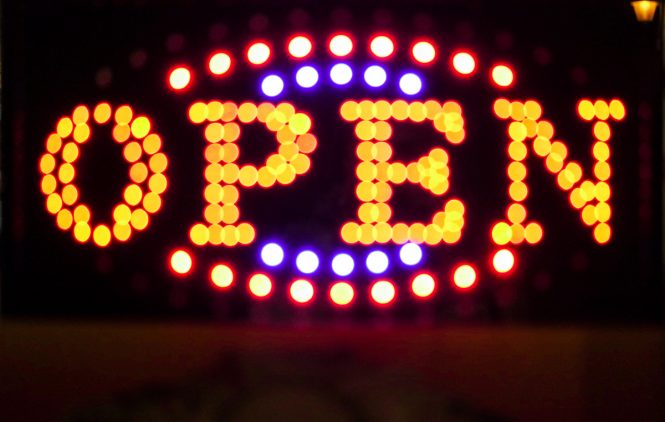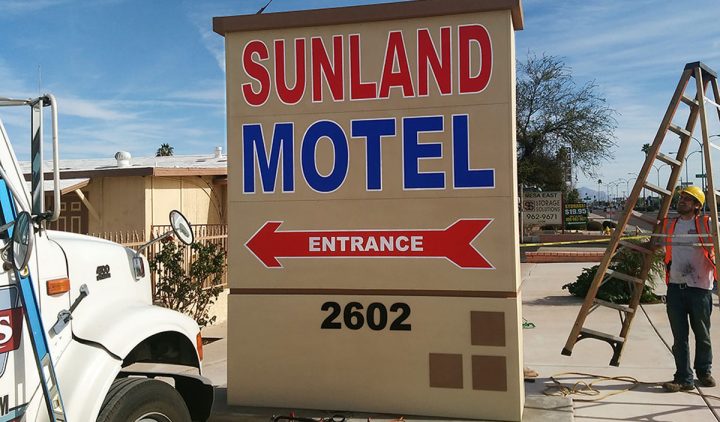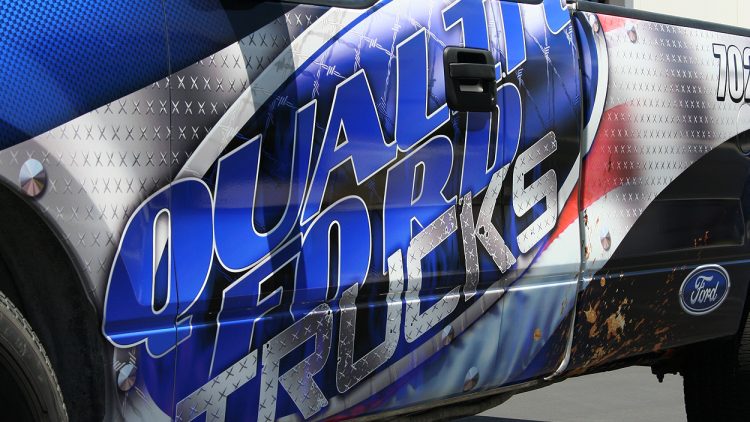Commercial Truck Wrap Advertising Costs 2025
In 2025, wrapping commercial trucks remains a cost-effective and impactful advertising strategy. Costs vary based on factors like vehicle size, wrap coverage, design complexity, and material quality. Here’s a comprehensive breakdown:its-awrap.ca+4Truck Wraps+4Wrap Atlanta –+4
 Estimated Costs for Commercial Truck Wraps
Estimated Costs for Commercial Truck Wraps
| Vehicle Type | Full Wrap | Partial Wrap | Spot Graphics/Decals |
|---|---|---|---|
| Small Truck (e.g., Ford Ranger) | $2,000 – $4,000 | $500 – $1,500 | $200 – $1,000 |
| Full-Size Truck (e.g., F-150) | $3,500 – $6,500 | $1,000 – $2,500 | $500 – $2,000 |
| Box Truck / Semi-Truck | $5,000 – $10,000+ | $2,000 – $4,000 | $1,500 – $3,000 |
Note: Prices include design, printing, and installation. Additional costs may apply for specialty materials or complex designs. Wrap Atlanta –+1graphiccreationsonline.com+1
 Fleet Discounts
Fleet Discounts
Businesses wrapping multiple vehicles often receive per-unit discounts:
-
1–5 vehicles: $3,000 – $6,000 per vehicle
-
6–10 vehicles: $2,800 – $5,500 per vehicle
-
11+ vehicles: $2,500 – $5,000 per vehicle Truck Wraps+1contourgraphix.com+1
Bulk projects may also benefit from reduced design and setup fees.
 Additional Costs to Consider
Additional Costs to Consider
-
Design Services: $500 – $2,000
-
Specialty Vinyl (e.g., chrome, textured): $500 – $1,500
-
Window Perforation: $100 – $500 per window
-
Wrap Removal (if needed): $500 – $2,500
-
Pre-Installation Prep (e.g., rust repair): $300 – $1,000+Truck Wraps
 Cost per Impression
Cost per Impression
Truck wraps offer one of the lowest costs per thousand impressions (CPM) in advertising:
-
Truckside Ads: Approximately $0.81 CPM
-
TV Commercials: Approximately $10.40 CPM
-
Magazine Ads: Approximately $9.14 CPMWikipedia
This makes vehicle wraps a highly cost-effective marketing tool. Fleet Wrap HQ+4Alwan Wraps+4Vehicle Wrapping Calculator+4
 Wrap Lifespan & Maintenance
Wrap Lifespan & Maintenance
-
Lifespan: 5–7 years with proper care
-
Maintenance Tips:
-
Regular hand washing with mild soap
-
Avoid high-pressure washers
-
Park in shaded areas to reduce UV exposure National Car Wraps+3Truck Wraps+3Vehicle Wrapping Calculator+3yeswrap+2Vehicle Wrapping Calculator+2Wikipedia+2TheCostGuys
-
 Get a Personalized Estimate
Get a Personalized Estimate
For a tailored quote, consider using online wrap pricing calculators: Vehicle Wrapping Calculator+3graphiccreationsonline.com+3vehiclewrappricingcalculator.com+3
-
Vehicle Wrap Pricing Calculator: Provides estimates based on vehicle type, wrap material, and coverage area. vehiclewrappricingcalculator.com
 Benefits of Commercial Truck Wrap Advertising
Benefits of Commercial Truck Wrap Advertising
1.  High Visibility & Exposure
High Visibility & Exposure
-
Your trucks become mobile billboards that reach thousands of people daily.
-
Effective in both urban and rural areas—seen by drivers, pedestrians, and commuters.
-
Can generate 30,000 to 70,000 impressions per day, depending on traffic and location.
2.  Cost-Effective Advertising
Cost-Effective Advertising
-
Low cost per thousand impressions (CPM)—often under $1.
-
A wrap lasts 5–7 years, giving you continuous exposure with a one-time cost.
-
Much more affordable over time than recurring ad campaigns like TV or digital ads.
3.  Builds Brand Recognition
Builds Brand Recognition
-
Custom-designed wraps create professional, consistent branding.
-
Helps establish trust and familiarity with local customers.
-
Useful for businesses with service vehicles, delivery trucks, or mobile operations.
4.  Protects the Vehicle’s Paint
Protects the Vehicle’s Paint
-
Vinyl wraps act as a protective layer against UV rays, scratches, and minor abrasions.
-
Preserves the vehicle’s resale value by reducing paint damage.
5.  Non-Intrusive Advertising
Non-Intrusive Advertising
-
Unlike digital or radio ads, wraps don’t interrupt a consumer’s experience.
-
Seen passively and repeatedly, which reinforces brand recall without being pushy.
6.  Customizable & Removable
Customizable & Removable
-
Wraps can be fully customized for color, design, and messaging.
-
Easily updated or removed for promotions, rebranding, or reselling the truck.
7.  Works 24/7
Works 24/7
-
Advertising continues even when the truck is parked.
-
Promotes your business wherever you go—job sites, deliveries, errands.
8.  Tax Deductible for Businesses
Tax Deductible for Businesses
-
Truck wraps may qualify as a marketing or advertising expense.
-
Can offer tax benefits under business vehicle use.
Absolutely! To get the most out of commercial truck wrap advertising, you need more than just a pretty design—you need strategy. Here are top tips for effective and impactful truck wrap advertising in 2025:
 Tips for Effective Commercial Truck Wrap Advertising
Tips for Effective Commercial Truck Wrap Advertising
1.  Keep It Simple and Bold
Keep It Simple and Bold
-
Use large fonts, high-contrast colors, and bold graphics.
-
Avoid clutter—too much info becomes unreadable at a glance.
-
Focus on the most critical message: company name, service, and contact info.
2.  Prioritize Key Info
Prioritize Key Info
Include only what drivers can quickly digest:
-
Business name/logo
-
Website or phone number
-
Core service or slogan
Example: “24/7 Plumbing” or “Mobile Dog Grooming”
3.  Design for Motion
Design for Motion
-
Remember, most people will see your wrap while driving or at a stoplight.
-
Ensure that text and graphics are legible at a distance and while moving.
-
Use sides and rear for different angles of visibility.
4.  Use Professional Designers
Use Professional Designers
-
Hire a designer who specializes in vehicle wraps, not just general graphics.
-
A pro will consider curves, handles, seams, and windows in the layout.
5.  Use High-Quality Materials
Use High-Quality Materials
-
Invest in premium wrap vinyls (like 3M or Avery Dennison) for durability and finish.
-
Quality materials resist fading, peeling, and damage from sun or road grime.
6.  Highlight Local or Unique Selling Points
Highlight Local or Unique Selling Points
-
Emphasize if you are locally owned, family operated, or offer special guarantees.
-
Local trust boosts conversion, especially for service businesses.
7.  Update for Promotions or Campaigns
Update for Promotions or Campaigns
-
Consider using removable magnetic panels or partial wraps to advertise limited-time offers or seasonal promotions.
8.  Keep Your Fleet Consistent
Keep Your Fleet Consistent
-
Use a uniform design across all company vehicles.
-
Reinforces your brand image and builds recognition faster.
9.  Maintain the Wrap
Maintain the Wrap
-
Regularly wash the vehicle (avoid pressure washing edges).
-
Park in shaded areas to reduce UV fading.
-
Touch up any damage to maintain a clean professional appearance.
10.  Track Results
Track Results
-
Use trackable phone numbers, QR codes, or landing pages to measure ROI.
-
Ask customers how they found you—wraps often drive more leads than expected.
Davis Signs And Graphics
Davis Signs And Graphics can make virtually any kind of signage you like in the design, style and material you desire. Our architectural signage will work for everyone. No matter how complicated a project may be, Davis Signs And Graphics is your #1 choice for all kinds of signs!
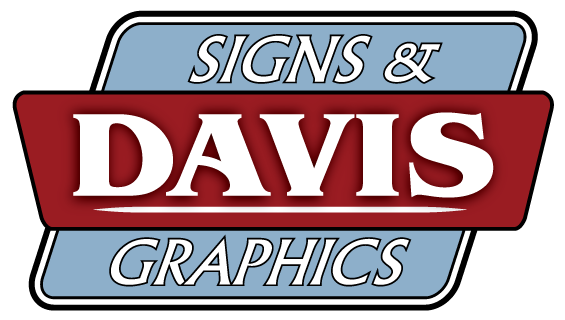

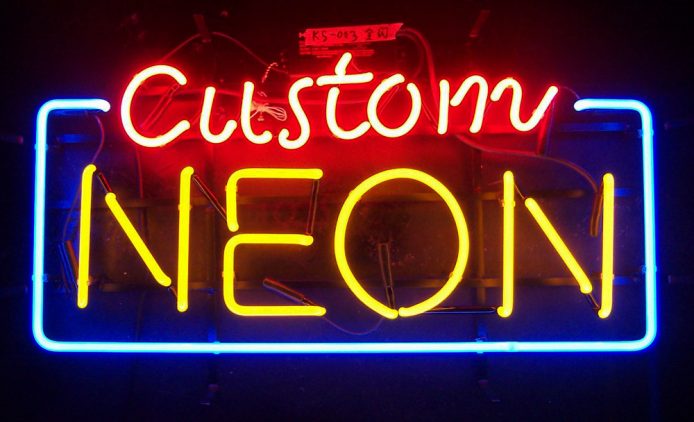
 Estimated Price Ranges
Estimated Price Ranges Factors Influencing Cost
Factors Influencing Cost 8–15 years
8–15 years Factors That Affect Lifespan
Factors That Affect Lifespan
